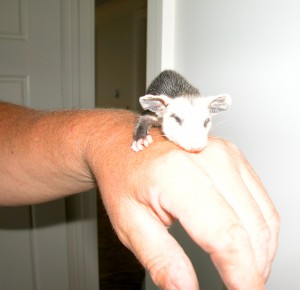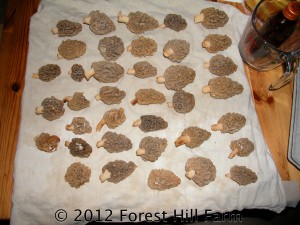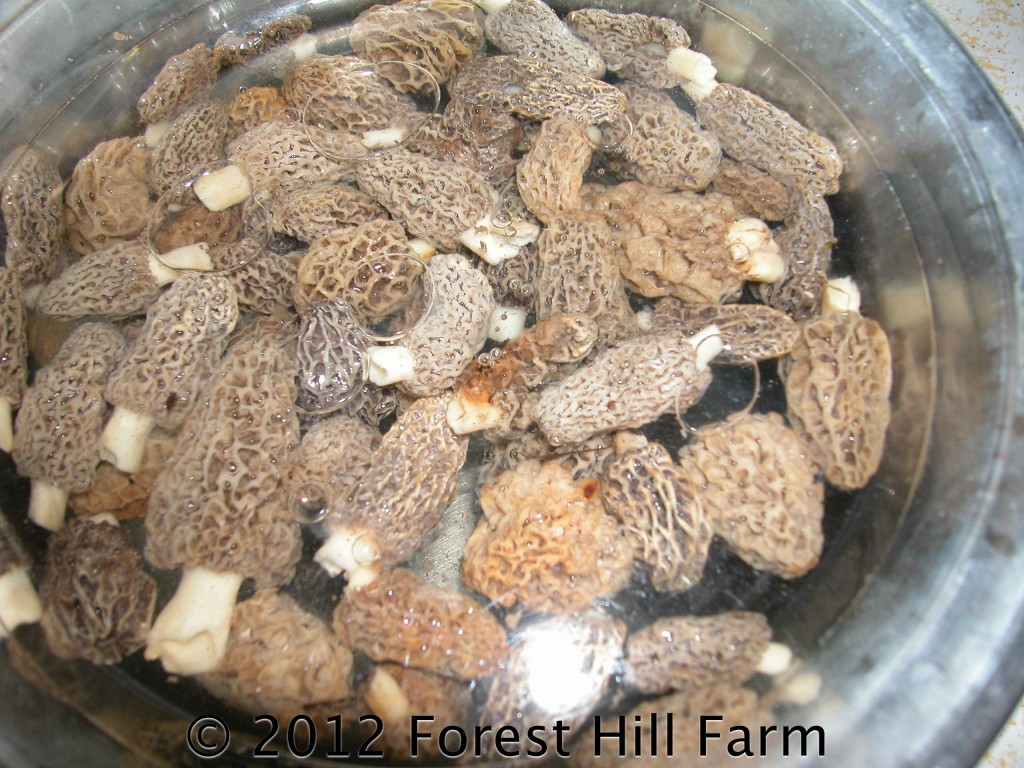Farming is stressful. There are so many variables, the probability of failure is great.
Will we get enough rain this spring to make up for last fall’s drought?
It’s a worry.
Will the summer rain come at just the right time?
It’s a worry.
Will the summer heat be excessive and cause breeding trouble for our cattle?
It’s a worry.
“If a problem is fixable, if a situation is such that you can do something about it, then there is no need to worry. If it's not fixable, then there is no help in worrying. There is no benefit in worrying whatsoever.” Dalai Lama XIV
We spent an enjoyable afternoon with a fellow farmer, John Henry. John Henry has a relaxed and pleasant demeanor. He use to worry constantly about his farming practices, family life, and success. Today he doesn’t have any worries.
John Henry used to walk through his fields worrying about his crops. Would rain bless his fields at opportune time and was his soil condition capable of producing high yields? At night he’d stare at the ceiling worrying about his equipment. Some of it was older, would it make it through another season?
He worried about his family. Was he balancing family life and work obligations successfully? John Henry started to have chest pains. He went to the doctor.
After the exam the doctor said John Henry’s heart was fine but he was worrying too much. “Rather than worry,” suggested the doctor, “why don’t you hire some help?”
John Henry went home and added the doctor’s advice to his list of worries. Who could he hire? How could he afford to hire help? What if the help slacked off? What if, during the busy season, his hired man failed to come to work? John Henry felt doomed. How could he possibly relax when he had all these worries?
One night, as he stared at the ceiling, thoughts raced through his head. “I have to stop worrying!” Suddenly, a brilliant idea struck him. “Eureka! I’ll hire someone to worry for me! Each week I’ll give a list of worries to a hired man.”
So, he hired a man. Every week he gave a list of equipment, crop, and family concerns to his helper. Now John Henry slept like a baby. He became jovial, laughed, and had a renewed twinkle in his eyes.
A few weeks later he want back to the doctors office. The doctor was impressed, he asked about the dramatic change. “You’re in great health! Tell me, what changed?”
“Well, I followed your advice. I hired a man who takes care of all my worries.”
“Fantastic! Is he repairing your equipment and fences? Does he care for your crops and animals?”
“No. I hired someone to worry for me.”
“What? You hired someone to worry! Do you pay for this?” asked the doctor
“I certainly do. I pay him $10,000.00 each month.”
“$10,000.00 every month! How can you afford this?”
John Henry shook his head, “Doesn’t matter, It’s not my worry!”
The greatest object in the universe, says a certain philosopher, is a good man struggling with adversity; yet there is still greater, which is the good man that comes to relieve it. –Oliver Goldsmith
Farming is joyful, there are so many variables, the probability of success is great. What does the future hold? Not my worry!
© Forest Hill Farm
 Humor
Humor


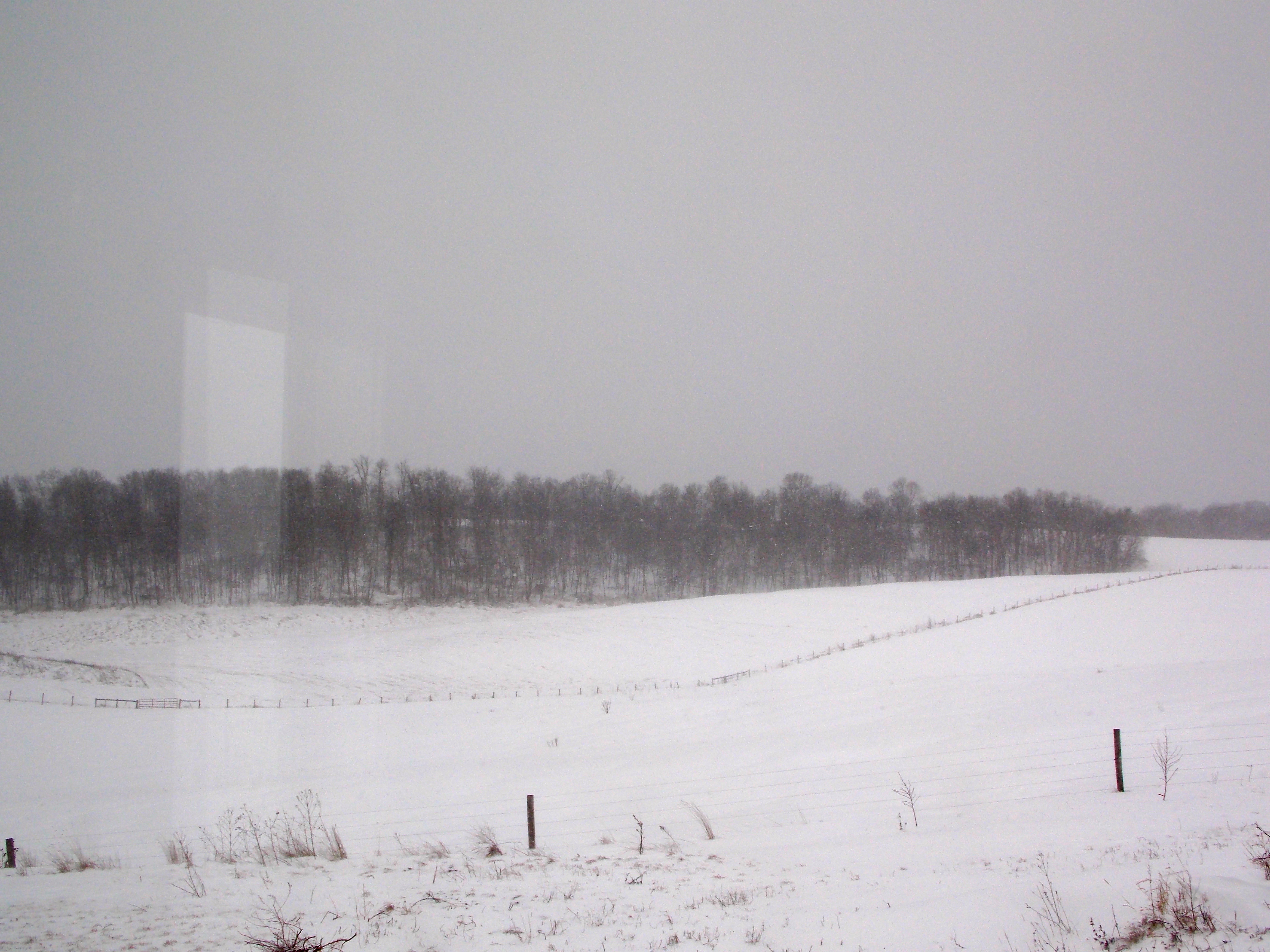

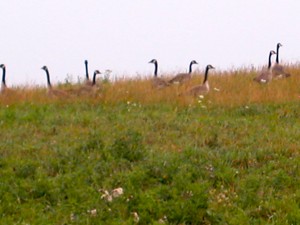

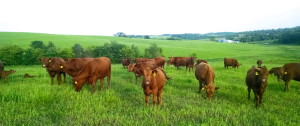 Organic Farming
Organic Farming

